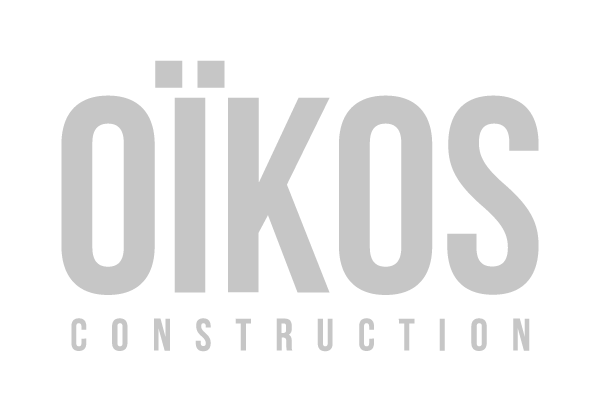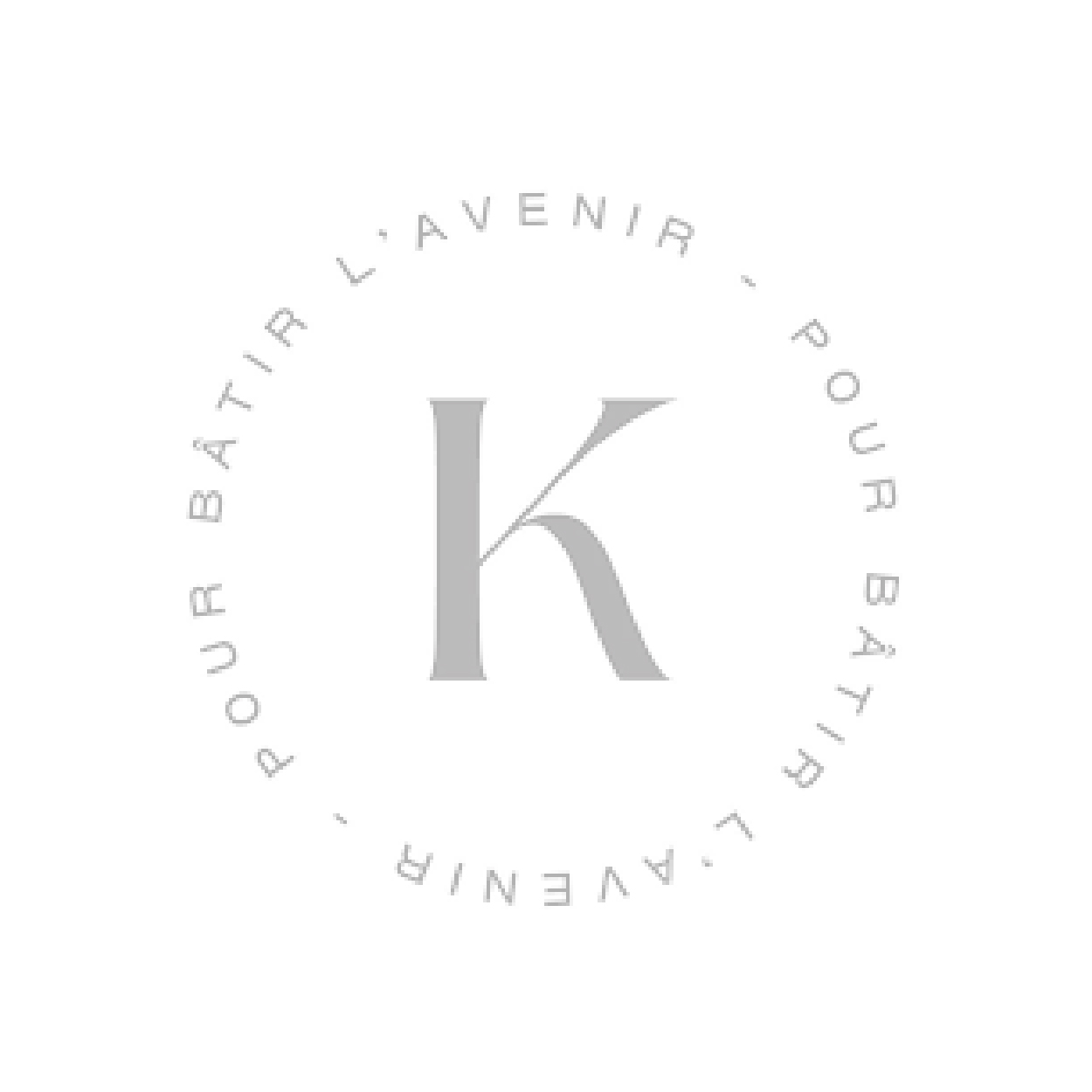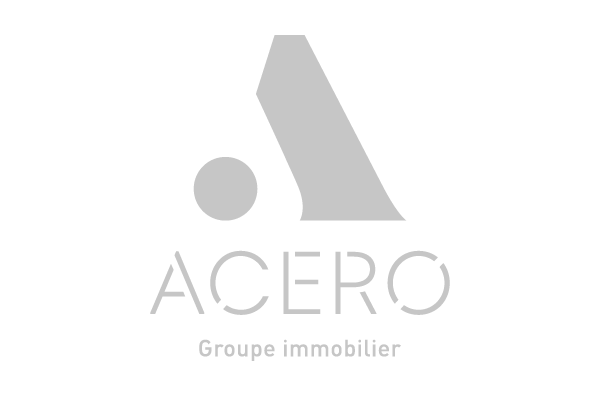The stakes for cities and municipalities in terms of communication are high. In addition to facing new internal pressures, competition between cities is fiercer than ever, and attracting new citizens and businesses is becoming a critical strategic issue in ensuring communities’ economic and social vitality. Every city wants to stand out to attract talent, encourage establishing innovative businesses, and increase its resident base.
At the same time, when a city undertakes to develop new infrastructure or urban planning projects, it lends itself to significant contestation. Citizens want to see the concrete impact of projects on their daily lives, understand how they fit into the urban environment and grasp the long-term benefits for the community.
Although most mayors are excellent communicators, it isn’t easy to communicate clearly and engagingly with citizens without high-quality visuals. Moreover, a visual medium allows for immersion and commitment to a project, even if it may have a derogatory character.
Unfortunately, traditional communication methods, such as two-dimensional plans and renderings, often fail to engage citizens and meet this need for transparency and realistic visualization. Citizens want to project themselves into the future of their city, see the effects of projects on their living environment and, most importantly, feel that they are participating in the evolution of their environment.
Innovation in urban development and infrastructure is becoming an essential communication tool. Cities must prove that they offer dynamic, sustainable environments adapted to the new realities of citizens and entrepreneurs.
The 3D virtual city
Let us dream for a moment. To attract citizens and businesses and demonstrate the value of projects to citizens, investors, and other levels of government, why not make your city available in a fully interactive digital format on a web or touch interface?
A crazy idea? Yes, let’s get on with it.
Imagine a fully interactive virtual city, accessible from a web interface or touch terminal, where every citizen could explore current and future urban projects, public infrastructures, local points of interest, and events.
In this virtual space, users can navigate in a realistic 3D environment, zoom in on specific neighbourhoods, enter buildings of interest, and visualize planned transformations based on upcoming projects.
The interface would integrate relevant information such as public transport timetables, traffic maps and sustainable development initiatives. Each clickable element would present detailed information, offering residents an in-depth understanding and transparency of their city’s activities.
This virtual city could also be a powerful tool for citizen participation. Residents could give their opinions on projects, take part in surveys, and suggest improvements to developments. For example, before redeveloping a public square, authorities could integrate different design options into the platform and invite citizens to vote for their preferred version.
By integrating features such as simulations of noise impact or carbon emissions, the virtual city would become a space where citizens could understand the real effects of each project and actively contribute to decision-making. Such a tool would transform the relationship between the city and its inhabitants, making them actors of change and reinforcing their sense of belonging to a modern, collaborative community.
One project at a time
These achievements are a completely realistic vision of what we can technologically achieve today. They would have significant effects on residents, future citizens, and businesses.
Of course, not all cities have the budget or the need to make their city completely virtual. Here are two cases where virtual representation is of interest: special design projects and the sale of industrial land.
Special design projects
Making special design projects virtual and interactive enables every aspect to be represented in an immersive, tangible way. Citizens, stakeholders and investors can visualize a project in minute detail, from its impact on the urban landscape to the interior layout of spaces and interactions with existing infrastructure. This representation enhances understanding of the project’s scope and benefits, making the designers’ intentions more real. Instead of imagining the project, users can discover and explore it, making the vision more convincing and easy for everyone to grasp. An interactive, immersive 3D representation enables citizens to associate their expectations more concretely with the project, reducing misunderstandings and fostering more informed, positive acceptance.
These tools also enable citizen data collection to guide the city’s and its stakeholders’ decisions at all levels (acceptability, positive or negative reception of the message, favourite elements of the project, etc.).
This interactive format is particularly beneficial in terms of social acceptance, as it creates a space for open, participatory dialogue with the population. Citizens can see the concrete effects of the project on their living environment, which reduces the uncertainties and fears associated with change. Developers and decision-makers demonstrate their transparency and openness by involving residents from the earliest design phases and giving them an active role in exploring and appreciating the project.
This interactive approach strengthens the feeling of belonging and trust in the project, as it demonstrates that the concerns of citizens as stakeholders have been taken into account in the design of the project. In conclusion, using virtual interactivity to represent special projects becomes a powerful strategic lever for gaining buy-in and building solid support around urban and community initiatives.
Industrial land for sale
The sale of commercial and industrial land is significant for the economic vitality of cities. With a detailed view of the land, potential investors and buyers could explore the location, assess logistical connections, and understand the possible integration into the existing industrial environment.
This representation would provide a concrete illustration of supporting infrastructures such as transport route access, energy and communication network connections, and potential loading zones. By facilitating a virtual exploration of future developments, buyers are better equipped to assess the feasibility of their industrial projects and project themselves into the future of the land, making the decision-making process faster and more informed.
A profitable and engaging investment
Modelling specific virtual projects and offering interactivity through intelligent 3D representation is a strategic investment that catalyzes social buy-in, facilitates informed decisions, and positions the city at the forefront. With this kind of tool, municipalities can extend themselves beyond a simple visualization tool and build a real bridge toward more transparent, engaging, and participative communication.

















